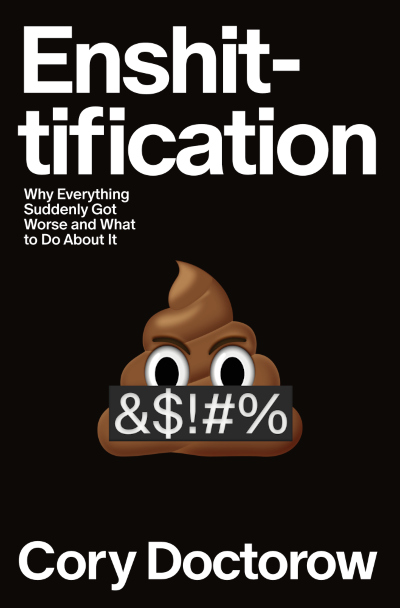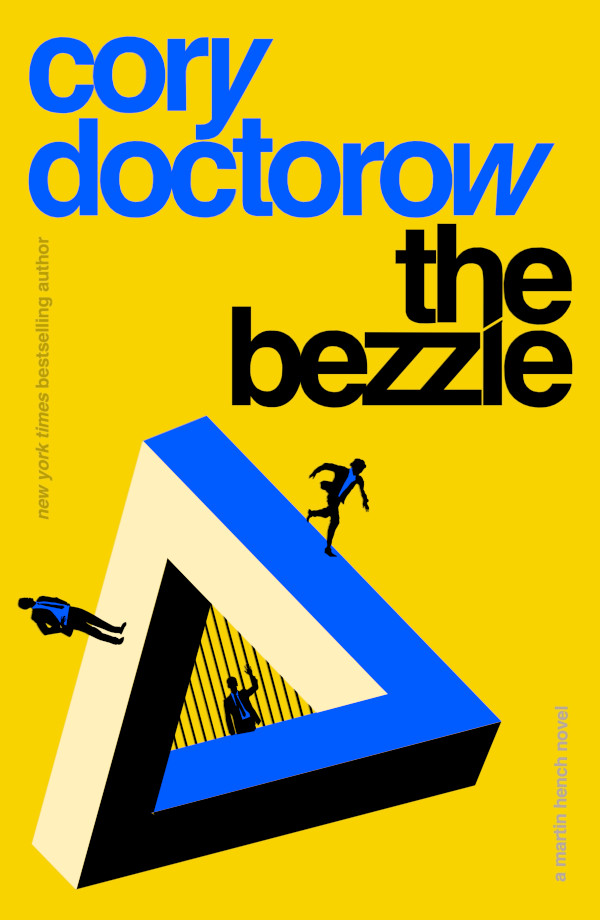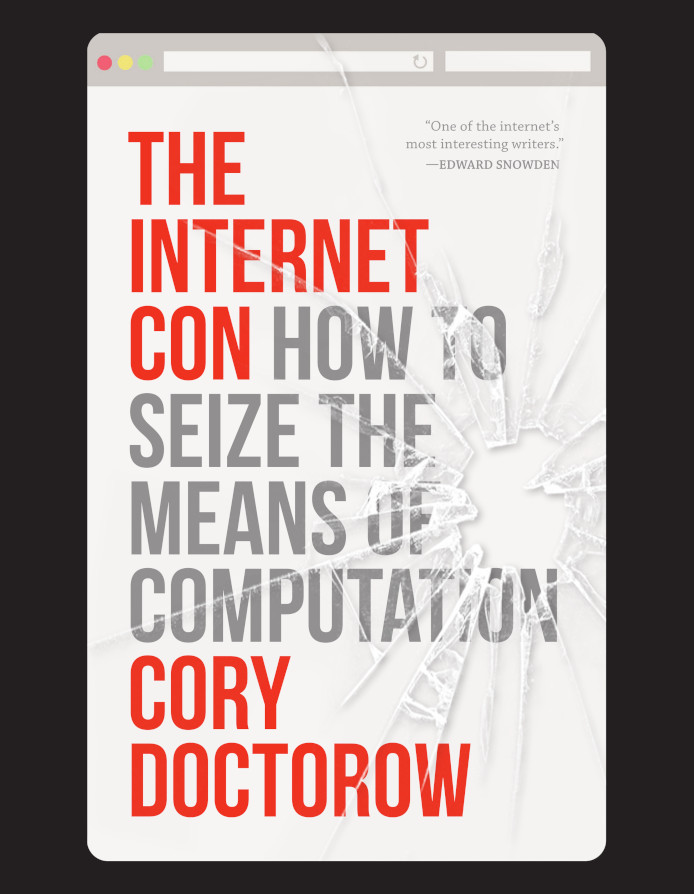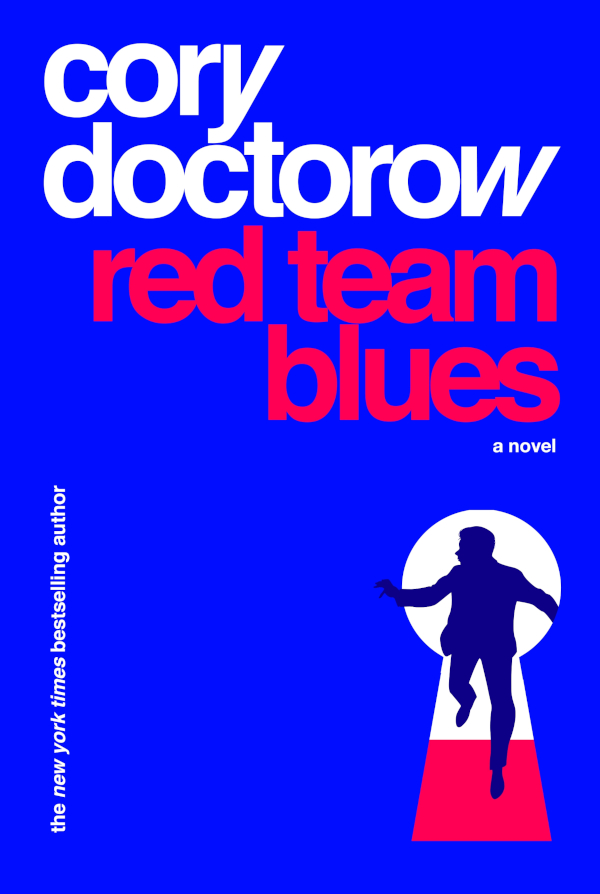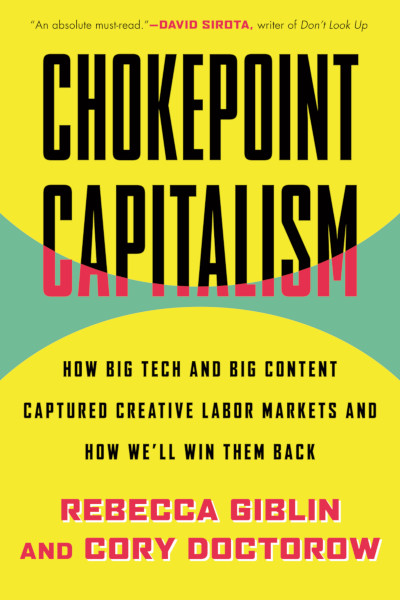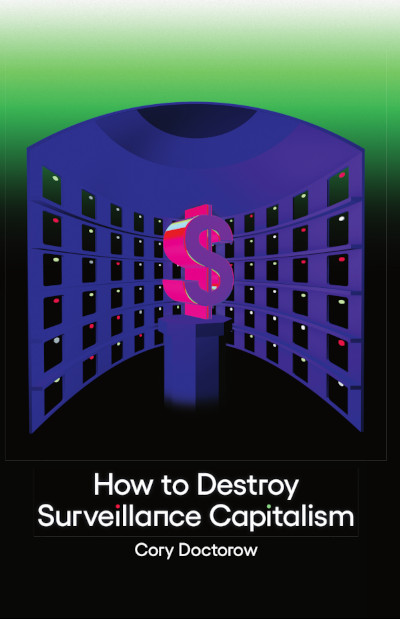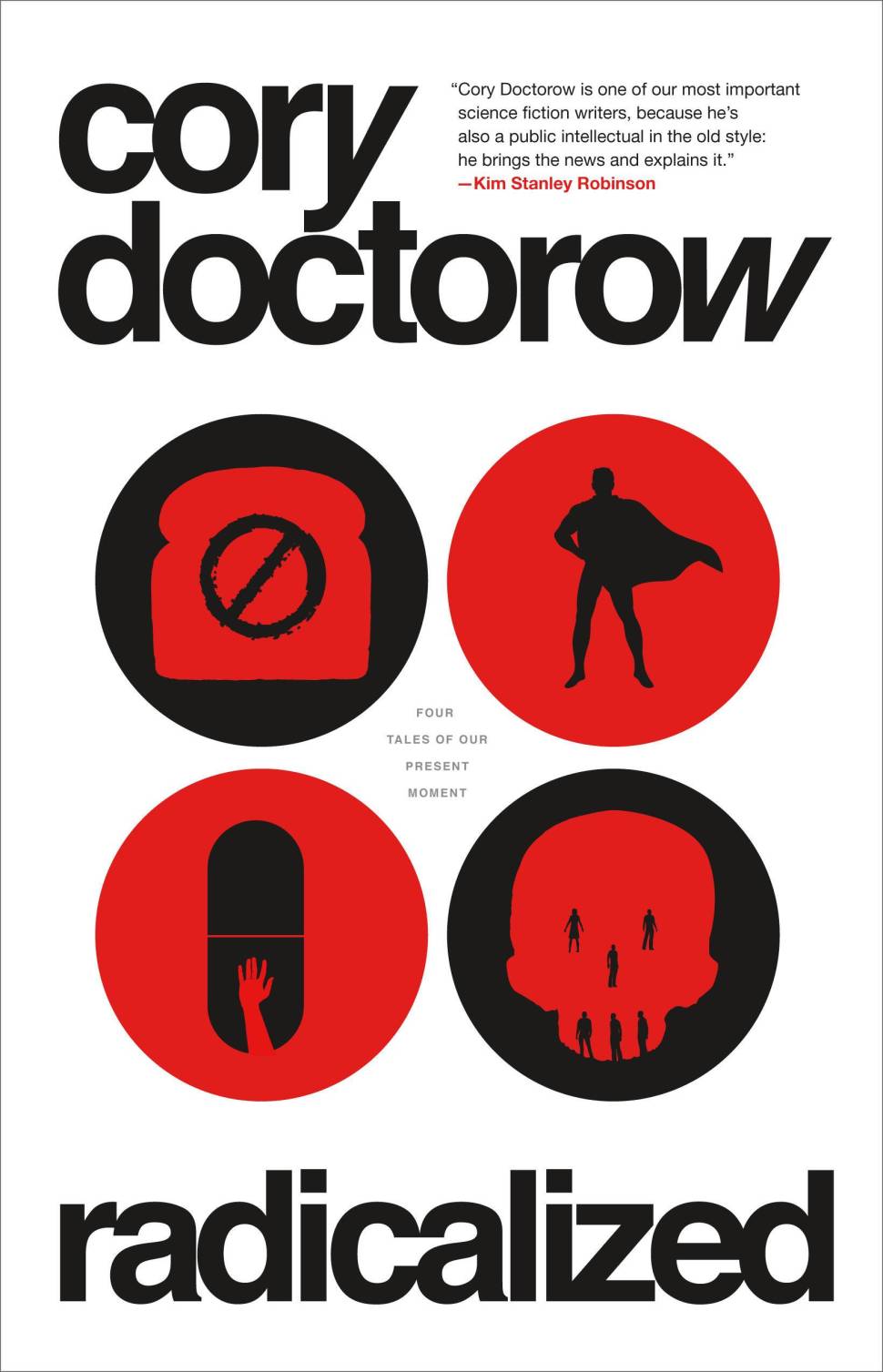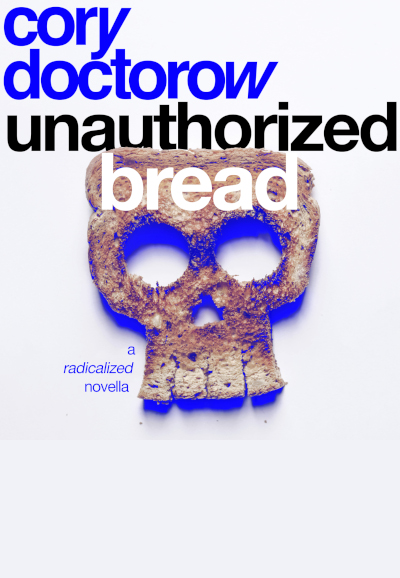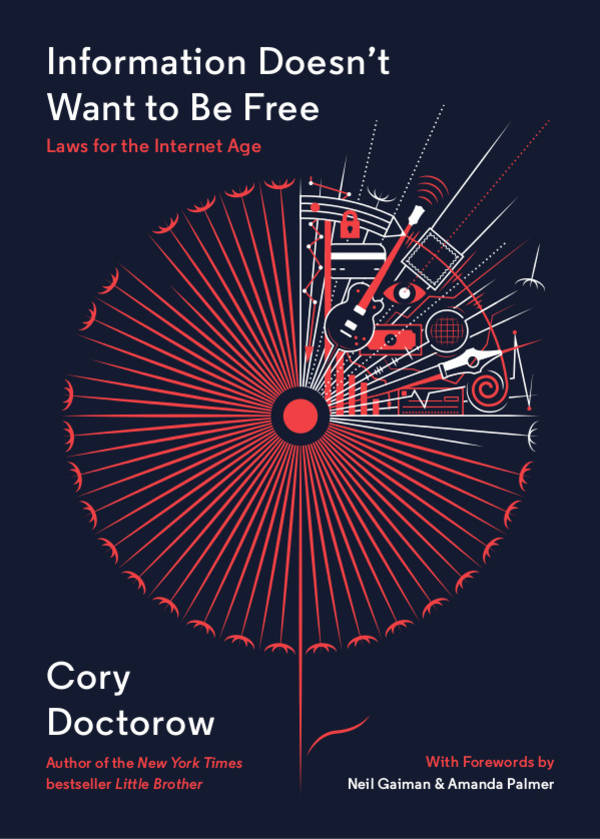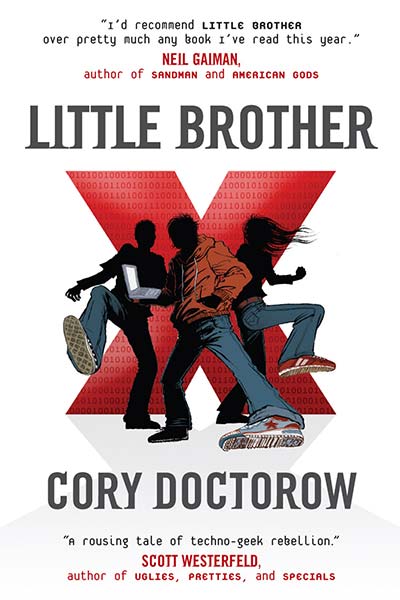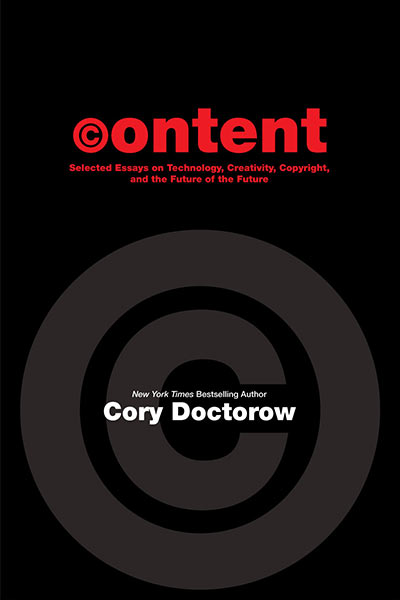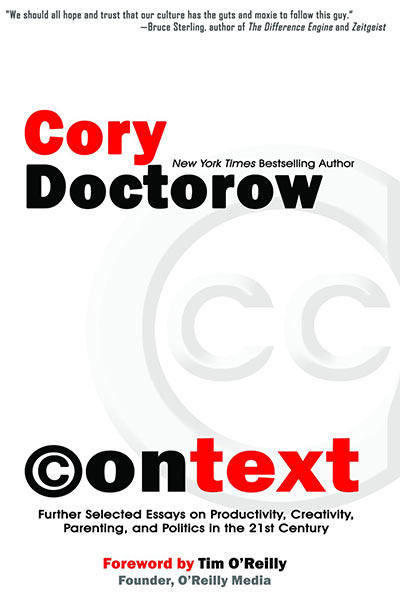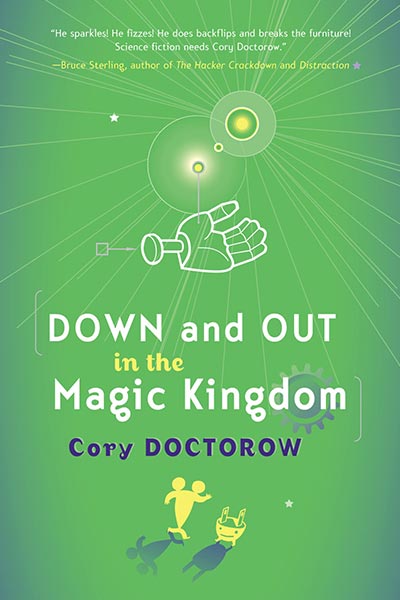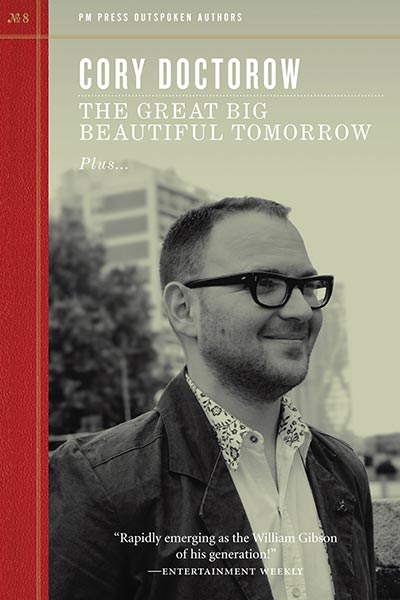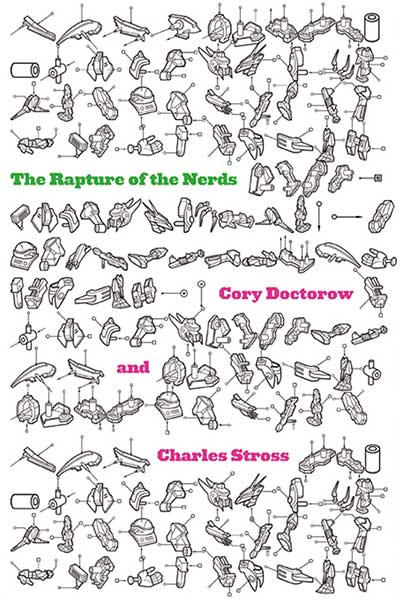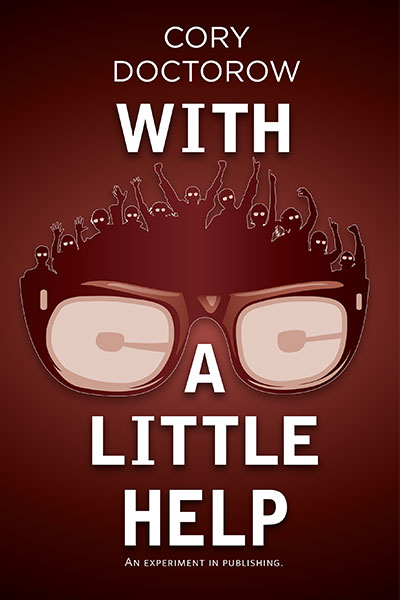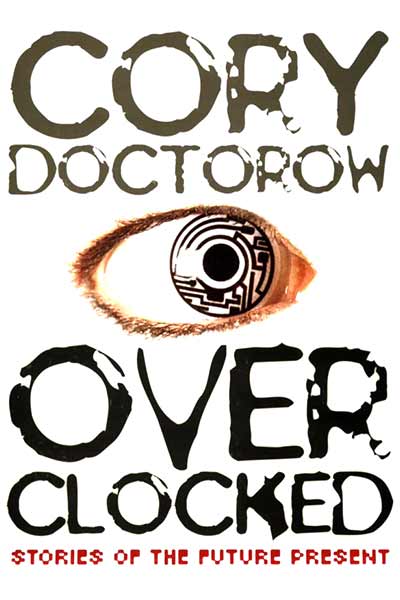My latest Guardian column is “What I wish Tim Berners-Lee understood about DRM,” a response to the Web inventor’s remarks about DRM during the Q&A at his SXSW talk last week.
Additionally, all DRM licence agreements come with a set of “robustness” rules that require manufacturers to design their equipment so that owners can’t see what they’re doing or modify them. That’s to prevent device owners from reconfiguring their property to do forbidden things (“save to disk”), or ignore mandatory things (“check for regions”).
Adding DRM to the HTML standard will have far-reaching effects that are incompatible with the W3C’s most important policies, and with Berners-Lee’s deeply held principles.
For example, the W3C has led the world’s standards bodies in insisting that its standards are not encumbered by patents. Where W3C members hold patents that cover some part of a standard, they must promise to license them to all comers without burdensome conditions. But DRM requires patents or other licensable elements, for the sole purpose of adding burdensome conditions to browsers.
The first of these conditions – “robustness” against end-user modification – is a blanket ban on all free/open source software (free/open source software, by definition, can be modified by its users). That means that the two most popular browser technologies on the Web – WebKit (used in Chrome and Safari) and Gecko (used in Firefox and related browsers) – would be legally prohibited from implementing whatever “standard” the W3C emerges.
